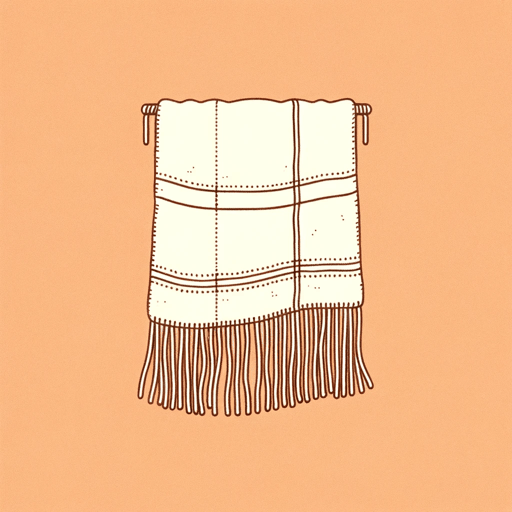60 pages • 2 hours read
Leslie Marmon SilkoYellow Woman and a Beauty of Spirit
Nonfiction | Essay Collection | Adult | Published in 1993A modern alternative to SparkNotes and CliffsNotes, SuperSummary offers high-quality Study Guides with detailed chapter summaries and analysis of major themes, characters, and more.
Chapters 7-11Chapter Summaries & Analyses
Chapter 7 Summary: “Tribal Councils: Puppets of the US Government”
Silkobegins by asking how the tribal councils could have allowed for the deforestation, strip mines, hydroelectric dams, and nuclear waste disposal centers to be put on Indian land, since the indigenous peoples revere the sacred nature of the land. In fact, tribal councils are not native forms of government for the Navajo or Pueblo peoples; rather, alien governments imposed tribal councils upon the Navajo and Pueblo in the 1941 Indian Reorganization Act. “The US Congress was not satisfied with the traditional forms of decision making in Indian communities and moved to interfere with Indian tribal governments in 1941 for the convenience of mining and timber interests eager to exploit Indian land” (93).
Traditionally, Navajo and Pueblo communities had to reach a wholesale consensus; if there was not consensus, the proposed action would not be taken, as survival relied upon harmonious cooperation in place of short-term gains. But the 1941 IRA circumvented these traditional decision-making processes, and communities that refused to reorganize were penalized, and denied basic nutrition, heath, and agricultural aid programs. The US government placed individuals sympathetic to exploitative corporations in the tribal council.
The narrator questions the constitutionality of this reorganization, sure that eventually a court case will arise that invalidates the mining and timber leases on Indian land.
Related Titles
By Leslie Marmon Silko





